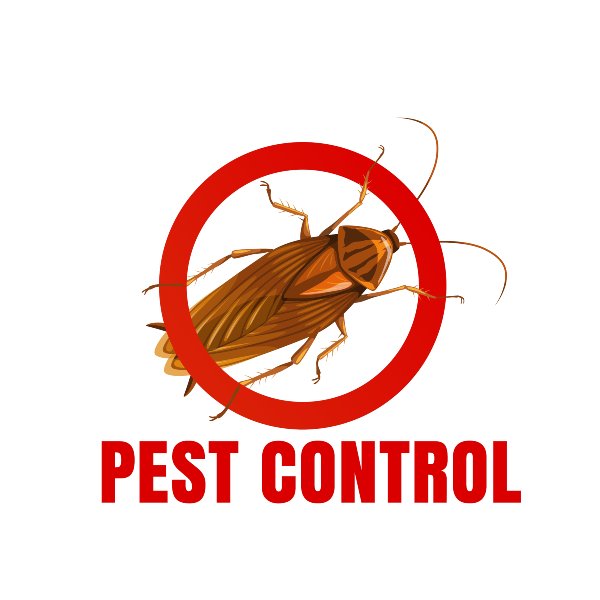Effective A1 Bed Bug Treatment in Charlotte - Safe and Proven Techniques
Effective A1 Bed Bug Treatment in Charlotte - Safe and Proven Techniques
Blog Article
Bed Pest Treatment Malfunction: Contrasting Chemical Vs. Non-Chemical Solutions
In the realm of insect control, especially when taking care of the persistent issue of bed insects, the choice in between chemical and non-chemical therapy remedies can be a pivotal one. Both techniques use distinct advantages and drawbacks, influencing elements such as effectiveness, security factors to consider, and total price. By checking out the nuanced details of each method, a clearer understanding of which path to pursue in resolving a bed pest problem can be attained.
Effectiveness of Chemical Treatments
Chemical treatments for bed bug infestations have been extensively acknowledged for their potent and rapid efficacy in eradicating these pests. When taking into consideration the performance of chemical therapies, it is crucial to understand that they can provide a quick and extensive solution to a bed pest problem. Specialist pest control experts usually rely upon insecticides to target bed pests at different stages of their life cycle, consisting of eggs, adults, and fairies. These chemicals normally work by disrupting the bed pests' nerves, resulting in paralysis and eventual fatality.
Furthermore, chemical therapies have the benefit of providing recurring impacts, suggesting that they can continue to remove bed insects even after the preliminary application. This recurring action is specifically advantageous in combating any type of potential re-infestations. In addition, the fast action of chemical therapies can bring relief to individuals encountering severe bed bug problems, enabling them to reclaim control of their living rooms swiftly.
Safety And Security Interest In Chemical Solutions
One crucial facet that requires mindful factor to consider when utilizing chemical remedies for bed pest treatment is ensuring the security of occupants and the setting. Exposure to particular chemicals used in bed pest treatments can lead to respiratory system issues, skin irritability, or other adverse responses, particularly in people with pre-existing problems or sensitivities.
In addition, the environmental effect of chemical solutions is one more substantial consideration. Some pesticides utilized in bed bug treatments might be damaging to beneficial pests, wildlife, and ecological communities if they leach into the dirt or water systems. It is crucial to use chemical treatments deliberately, adhering to safety and security standards, and thinking about much less poisonous alternatives to alleviate these threats and make certain the safe and efficient management of bed bug invasions.
Benefits of Non-Chemical Approaches
Considering the possible security problems and ecological effect associated with chemical remedies for bed insect treatment, exploring non-chemical strategies provides an encouraging option with several distinct advantages. Non-chemical treatments are ecologically pleasant, as they do not contribute to air or water pollution, making them a lasting choice for bug control.
In addition, non-chemical remedies can be efficient in targeting bed bugs, consisting of hard-to-reach locations where chemical treatments may not pass through - A1 charlotte bed bug exterminator. Approaches such as warmth therapy, vacuuming, vapor cleansing, and cushion coverings give extensive elimination without the usage of harmful chemicals.
Limitations of Non-Chemical Treatments

Furthermore, non-chemical treatments commonly call for multiple applications to achieve successful elimination. This can be time-consuming and may not constantly assure full removal of all bed bugs and their eggs, especially in hard-to-reach or surprise places.
Furthermore, the success of non-chemical treatments greatly relies on appropriate implementation and thoroughness, which can be testing for people without specialist know-how. Poor application of non-chemical approaches try here may result in incomplete removal, causing consistent problems and the need for added therapies.
Consequently, while non-chemical therapies have their advantages, it is necessary to acknowledge these restrictions and consider them when figuring out the most reliable technique for managing bed bug special info problems.
Price Contrast: Chemical Vs. Non-Chemical Options
Offered the restrictions connected with non-chemical treatments, a vital aspect to evaluate in the context of bed pest monitoring is the expense comparison between chemical and non-chemical choices. Chemical treatments usually involve the application of pesticides by specialists, which can vary from $250 to $900 per room, depending upon the severity of the invasion and the dimension of the area to be treated. On the other hand, non-chemical therapies like warmth treatment or vapor can be more pricey, with costs ranging from $1,000 to $6,000 for an entire home. While the initial cost of chemical treatments might appear lower, several therapies may be needed to completely eradicate the problem, potentially boosting the total expense. On the various other hand, non-chemical choices might supply a much more environment-friendly and lasting service, although they can be cost-prohibitive for some individuals. Eventually, when thinking about the price of bed bug therapy choices, it is very important to evaluate the upfront expenses versus the effectiveness and lasting sustainability of the chosen technique.
Final Thought

Taking into consideration the potential security concerns and ecological influence associated with chemical options for bed insect treatment, discovering non-chemical techniques presents a promising choice with a number of distinct benefits.Provided the constraints associated with non-chemical therapies, an important facet to examine in the context of bed pest administration is the cost contrast between chemical and non-chemical options. In comparison, non-chemical therapies like warmth therapy or heavy steam can be a lot more costly, with expenses varying from $1,000 to $6,000 for an entire Going Here home. While the first price of chemical treatments may seem lower, multiple therapies may be needed to completely eliminate the invasion, possibly enhancing the overall cost.In final thought, when contrasting chemical and non-chemical bed insect therapy alternatives, it is vital to consider effectiveness, safety and security, advantages, constraints, and expense.
Report this page